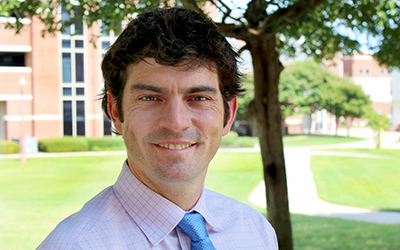The following is adapted from a talk that Jean Vanier gave at Harvard for the Herold M. Witt lectures. The transcript was published in 1992 by Paulist Press.
It is my belief that in our mad world, where there is so much pain, rivalry, hatred, violence, inequality and depression, that it is people who are weak, rejected, marginalized, and counted as useless, who can become a source of life and of salvation for us as individuals, as well as for our world…
Community is a wonderful place, it is life-giving; but it is also a place of pain, because it is a place of truth and of growth — the revelation of our pride, our fear and our brokenness.
Jesus says to his followers: “Now go! Go out to the world and bring the good news the others; do not keep it for yourselves. Heal, liberate and bring life and hope to others, especially to the poor, the weak, the blind and the lame…
When we talk of the poor or of announcing the good news to the poor, we should never idealize the poor. Poor people are hurt; they are in pain; they can be very angry, in revolt or in depression…
When such pain becomes too much, people tend to slip into a world of dream. Reality is just too painful. The world of dream or of psychosis can in someway be easier to bear. The greatest pain is rejection, the feeling that nobody really wants you “like that.” The feeling that you are seen as ugly, dirty, a burden, of no value…
Many people in our world today are living in deep inner pain and anguish because as children they were not valued, welcomed, and loved. My experience has shown that when we welcome people from this world of anguish, brokenness and depression, and when they gradually discover that they are wanted, and loved as they are, and that they have a place, then we witnessed a real transformation — I would even say resurrection. Their tense, angry, fearful, depressed body gradually becomes relaxed, peaceful, and trusting. As they discover a sense of belonging, that they are part of a family, the will to live begins to emerge. I do not believe it is of any value to push people into doing things unless this desire to live and to grow has begun to emerge…
To love someone is not first of all to do things for them but to reveal to them their beauty and value. To be in communion with someone also means to walk with them… For many people in pain there is no solution…
It is a liberating experience for them to realize they do not have to conform to any preconceived idea about how they should be. Communion in fact gives freedom to grow. It is not possessiveness. It entails a deep listening to others, helping them to become more fully themselves.
People have been teaching me that behind the need for me to win, there are my own fears and anguish; the fear of being devalued are pushed aside; the fear of opening up my heart and of being vulnerable or a feeling helpless in front of others and pain; there is the pain and brokenness of my own heart. I discovered something which I had never confronted before — that there were immense forces of darkness and hatred within my own heart.
Elitism is the sickness of us all. We all want to be on the winning team… The important thing is to become conscious of those
forces and us and to work at being liberated from them and to discover that the worst enemy is inside our own hearts, not outside.
I think we can only truly experience the presence of God, meet Jesus, receive the good news in and through our own poverty, because the kingdom of God belongs to the poor — the poor in spirit, the poor who are crying out for love.
The love and support of community gives you the certitude that you are loved just as you are, with all your wounds, and that you can grow through all that. And not only are we loved, but we too are called to heal and to liberate. This healing power in us will not come from our capacities and our riches but in and through our poverty. We are called to discover that God can bring peace and compassion and love through our wounds.
When someone has lived most of his or her life in the last place and then discovers that Jesus is there in the last place as well, it is truly good news. However, when someone has always been looking for the first place and learns that Jesus is in the last place, it is confusing!
Jean Vanier, From Brokenness to Community




Recent Comments
MegaMAGAloveUSA!
"Lord God Almighty, please let us Christians wake up with empathy, compassion and ..."
MegaMAGAloveUSA!
"Thank you. Trying to learn a way through this all. CHRISTIANS ..."
Deb
"Thank you for this important critique of JHY's theology of the cross lived ..."
ReaderV
"There is no doubt abortion is tragic . I don't believe anyone ever ..."
Sandra
"Wow!!! I love this guy! Peacemaking is so dear to my ..."